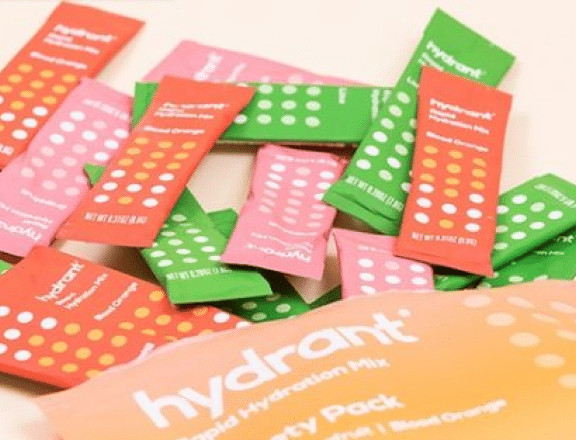A major global retailer with omnichannel distribution of over 10K SKUs was struggling to meet unusual consumer demand. Customers were unexpectedly active in new seasonal patterns, and demand varied greatly across different regions and stores. This level of variability meant that the company’s typical methods of predicting demand were no longer granular nor accurate enough. The company was experiencing:
- Loss of sales from bestseller stockouts, despite product availability in other locations
- High overstock expenses from inventory holding, obsolescence, and reverse logistics
- Low margins due to inefficient and reactive promotions and end-of-season sales
Fortunately, Pecan’s predictive models provided results, including a reduction of up to 50% in overstock amounts and an uplift of 10-25% in sales due to increased product availability.
Challenge
Aggressive discounting kept up with fast fashion, but slowed profits
Traditional forecasting methods made it almost impossible for the retailer to ensure that supply at stores met consumer demand. This mismatch resulted in sub-optimal financial performance and a mediocre customer experience.
The inability to accurately forecast demand at both store and SKU levels led to significant revenue losses because of stockouts, lower margins due to aggressive discounts, and overall high operational costs related to inventory holding and reverse logistics.
Solution
SKU-level predictions to forecast demand at the speed of shopping
Pecan’s forecasting models generated sales forecasts at a granular level on a per-SKU, per-week/day, and per-store basis. With the Pecan platform, the retailer was empowered to build models that integrated past transactional (sales/usage) data, operational data, inventory data, and external data enrichments provided by Pecan.
Traditional methods used to deal with inventory gaps hadn’t shown results, but Pecan’s predictive approach helped the retailer align inventory levels so they met actual customer demand.
Results
Reducing overstock and boosting sales
Using Pecan’s detailed demand forecasts, the retailer saw a reduction of up to 50% in overstock amounts. The alignment of inventory and demand also meant they soon achieved 10-25% additional sales, thanks to fewer stockouts. Pecan’s sales prediction model demonstrated an ongoing precision rate of 80-95% — an impressive result in any circumstances, but especially amid the volatility this retailer experienced.
With Pecan’s predictions in hand, both the retail leadership and customers achieved their goal of keeping up with the latest in fashion.


